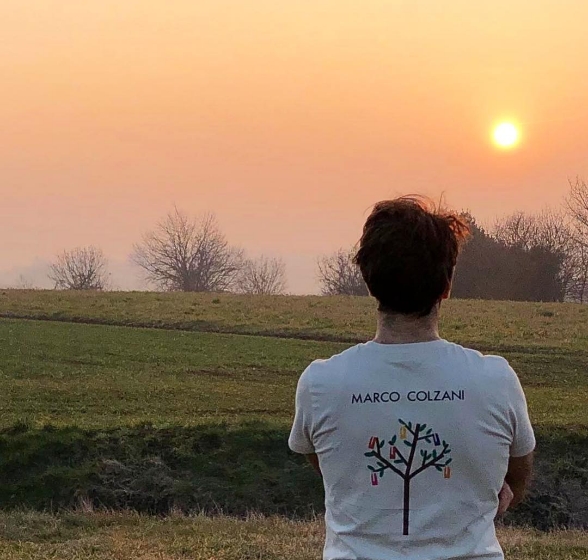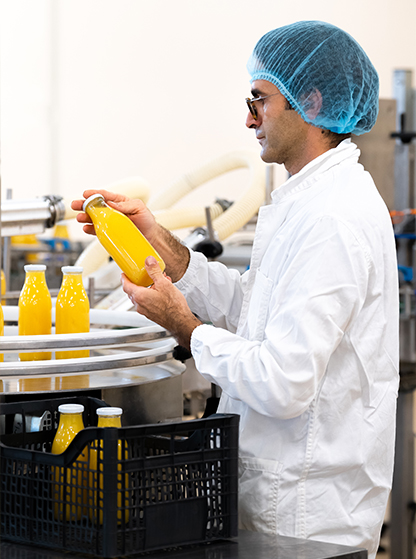
L’artigiano
I’ve been a craftsman since I was a child, in the family bakery, I tasted a peach jam of a famous italian company. It was strange. Far from the fresh peach flavour I had ever eaten.
Then I wrote a letter. They replied that, for reasons related to the automation of the process, they used not fully ripe fruit. I was not sure. This thing stayed with me like a woodworm for years.
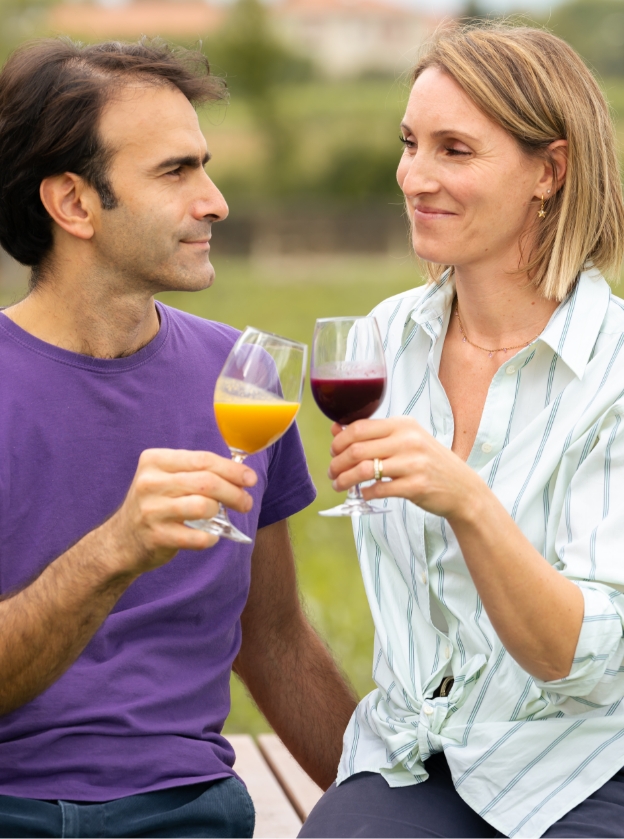
Time passed by, I graduated in agriculture and I became a winemaker. Thousands of kilometers away from Lake Como, I felt uncomfortable. So, I came back home to join my agronomic knowledge to the family’s one. I no longer needed a vineyard but a laboratory.
And so, my research went toward something akin to wine: origin, terroir, fermentation, acidity, sugars, tannins and oxidation. The chocolate. Raw material: cacao. An agriculture raw material. So, I decided to work for subtraction. I removed lecithin, vanilla and spices.I decided to make a squeeze juice of cocoa beans and cane sugar. Nothing else.
And why not to try to do the same thing with any kind of fruit? From apricot to bluebarry, from orange to pistachio, till the never forgotten peaches. Jams, spreads, juices and marmelade. In a different way. Fully ripe fruit, from trusted farmers and knowledge of agricultural vocations.
I tried to call into question the traditional standardized methods of production. I removed the unnecessary and I tried to come as close as possible to the origin. A preserved origin that must be preserved!
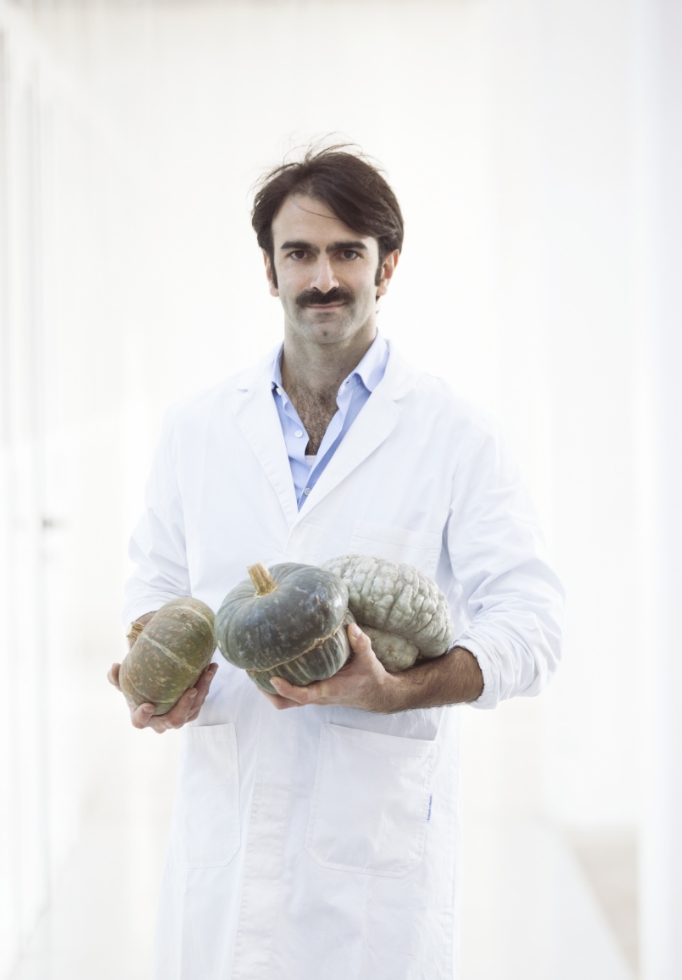
L’artigiano
I’ve been a craftsman since I was a child, in the family bakery, I tasted a peach jam of a famous italian company. It was strange. Far from the fresh peach flavour I had ever eaten.
Then I wrote a letter. They replied that, for reasons related to the automation of the process, they used not fully ripe fruit. I was not sure. This thing stayed with me like a woodworm for years.
Time passed by, I graduated in agriculture and I became a winemaker. Thousands of kilometers away from Lake Como, I felt uncomfortable. So, I came back home to join my agronomic knowledge to the family’s one. I no longer needed a vineyard but a laboratory.
And so, my research went toward something akin to wine: origin, terroir, fermentation, acidity, sugars, tannins and oxidation. The chocolate. Raw material: cacao. An agriculture raw material. So, I decided to work for subtraction. I removed lecithin, vanilla and spices.I decided to make a squeeze juice of cocoa beans and cane sugar. Nothing else.
And why not to try to do the same thing with any kind of fruit? From apricot to bluebarry, from orange to pistachio, till the never forgotten peaches. Jams, spreads, juices and marmelade. In a different way. Fully ripe fruit, from trusted farmers and knowledge of agricultural vocations.
I tried to call into question the traditional standardized methods of production. I removed the unnecessary and I tried to come as close as possible to the origin. A preserved origin that must be preserved!

Thus, I realized my dream. I created my own, designed for transformation.
A Craftsman's Lab!
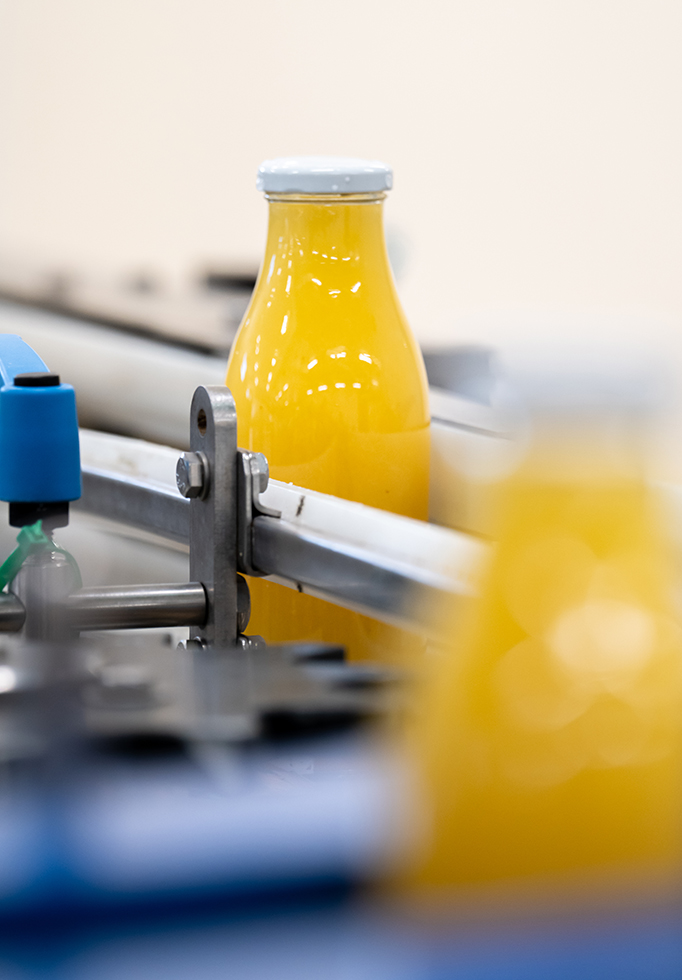
Get Marco's letter
Discover the stories behind each creation. I will share with you the passion I put into each stage of my work, from the selection of raw materials to the final transformation. Be inspired by the stories that tell my connection to nature and the land.
